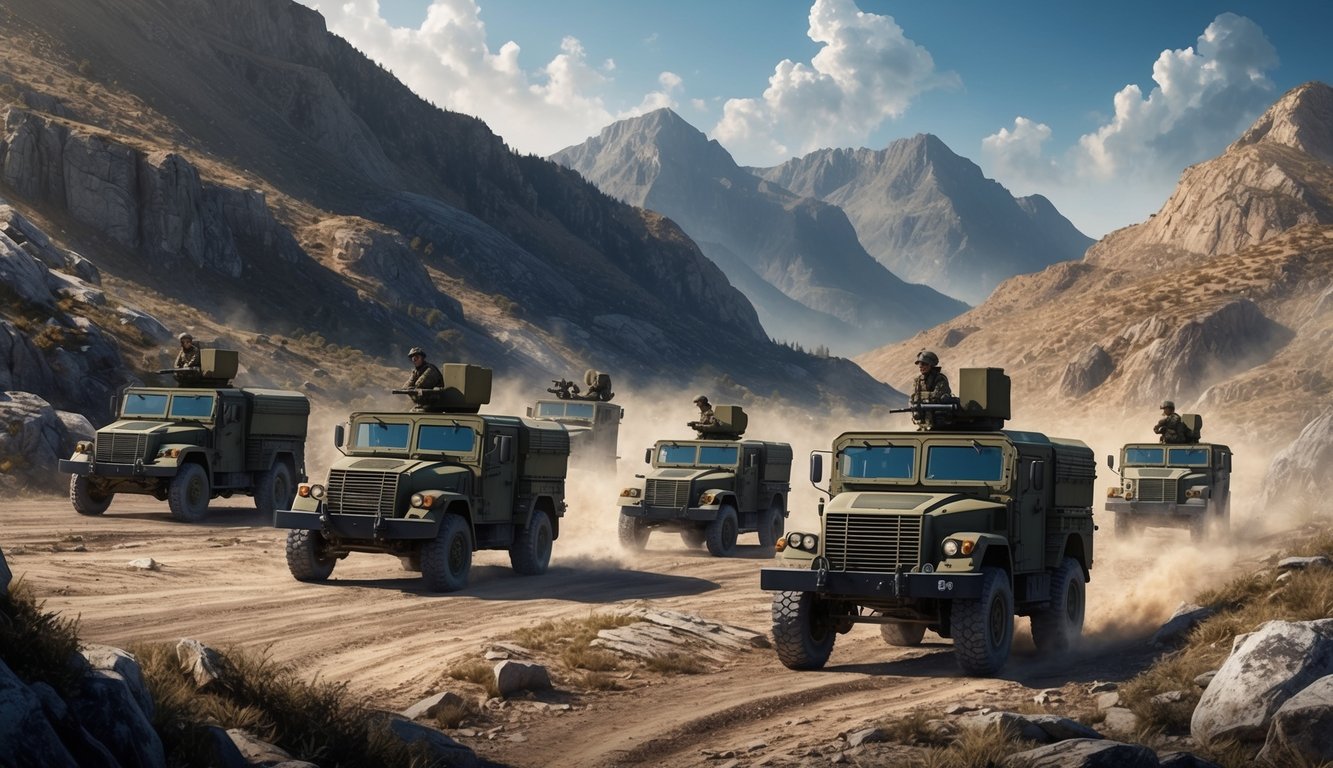“`xml
The question of which military branch is the hardest is a subject of heated discussion among both service members and civilians.
Each branch of the U.S. Armed Forces presents its own set of unique challenges and requirements, resulting in no clear answer to the debate. Many regard the Marine Corps as the most challenging, primarily due to its demanding basic training and stringent physical fitness criteria.
The Army, Navy, Air Force, and Coast Guard also maintain their own rigorous training regimens and specialized duties that test recruits in various ways.
Different elements, such as physical exertion, mental fortitude, and required technical skills, vary among branches, contributing to the overall difficulty of each service.
Your individual strengths, weaknesses, and career aspirations significantly influence which branch may present the greatest challenge for you.
What is perceived as the hardest for one person might be an ideal fit for someone else, underscoring the importance of personal capability and motivation in military service.
Key Takeaways
- Each branch of the military poses unique challenges, rendering “hardest” a subjective notion
- Physical fitness, mental toughness, and specialized capabilities all contribute to difficulty levels
- Your individual strengths and career aspirations shape which branch you will find most challenging
Understanding the Five Branches of the U.S. Military
The U.S. military consists of five distinct branches, each with specific roles and capabilities.
These branches collaborate to defend the nation and safeguard its interests domestically and internationally.
Army Overview
Established in 1775, the U.S. Army is the oldest and largest military branch, primarily serving as the land-based military force.
The Army engages in ground combat operations, peacekeeping initiatives, and disaster relief efforts.
The Army’s strength is rooted in its versatility.
Soldiers are trained across various specialties, including infantry, armor, engineering, and intelligence, and operate advanced weapon systems like tanks, artillery, and helicopters.
The Army’s motto, “This We’ll Defend,” embodies its dedication to safeguarding the nation.
Interestingly, the Army also maintains its own fleet of vessels for coastal and riverine operations.
Navy Exploration
The U.S. Navy is charged with commanding the seas and exerting power globally.
Established in 1775, its primary responsibility is to ensure the freedom of navigation and safeguard maritime trade routes.
Navy vessels range from agile patrol boats to substantial aircraft carriers, capable of deploying fighter jets, launching missiles, and conducting special operations on a global scale.
The Navy SEALs, a premier special operations force, are among the most recognized naval units, specializing in unconventional warfare, counterterrorism, and underwater demolition.
Air Force Insight
The U.S. Air Force, which became a separate branch in 1947, dominates airspace and is responsible for aerial combat, space operations, and cybersecurity defense.
Air Force pilots operate a variety of aircraft, from nimble fighter jets to massive cargo planes, conducting air strikes, offering close air support for ground troops, and delivering humanitarian aid to disaster-stricken areas.
Additionally, the Air Force supervises numerous military satellites essential for communication, navigation, and intelligence gathering.
Their motto, “Aim High… Fly-Fight-Win,” captures their commitment to achieving air superiority.
Marine Corps Breakdown
The U.S. Marine Corps, founded in 1775, serves as a rapid-response unit, prepared to deploy via air, land, or sea.
As often the first responders in conflicts, Marines are renowned for their adaptability and combat spirit.
Marines receive training in amphibious warfare, equipping them with the ability to project power from ship to shore, and they excel in diverse environments, including deserts, jungles, and urban areas.
Marine training is notoriously challenging, culminating in “The Crucible,” a demanding 54-hour test of both physical and mental endurance.
Their elite special operations unit is known as the Marine Raider Regiment (MRR).
Coast Guard Analysis
Founded in 1790, the U.S. Coast Guard stands out as it operates under the Department of Homeland Security during peacetime, tasked with maritime law enforcement, search and rescue operations, and environmental protection.
Coast Guard vessels patrol U.S. coasts, intercept drug traffickers, and carry out rescues at sea, while also maintaining navigational aids and responding to oil spill incidents.
In wartime, the Coast Guard can transition to the Department of the Navy, showcasing its diverse abilities in both military and domestic emergency situations.
Space Force Emergence
The U.S. Space Force, established in 2019, is the most recent military branch, focusing on developing and managing space capabilities to support other military operations.
Space Force personnel manage military satellites, monitor space debris, and defend U.S. space assets from potential threats, working closely with the Air Force and other branches to ensure American superiority in outer space.
As the significance of space for national security grows, the Space Force’s role is expected to expand.
Their motto, “Semper Supra” (Always Above), emphasizes their commitment to space operations.
Comparing Basic Training Regimens
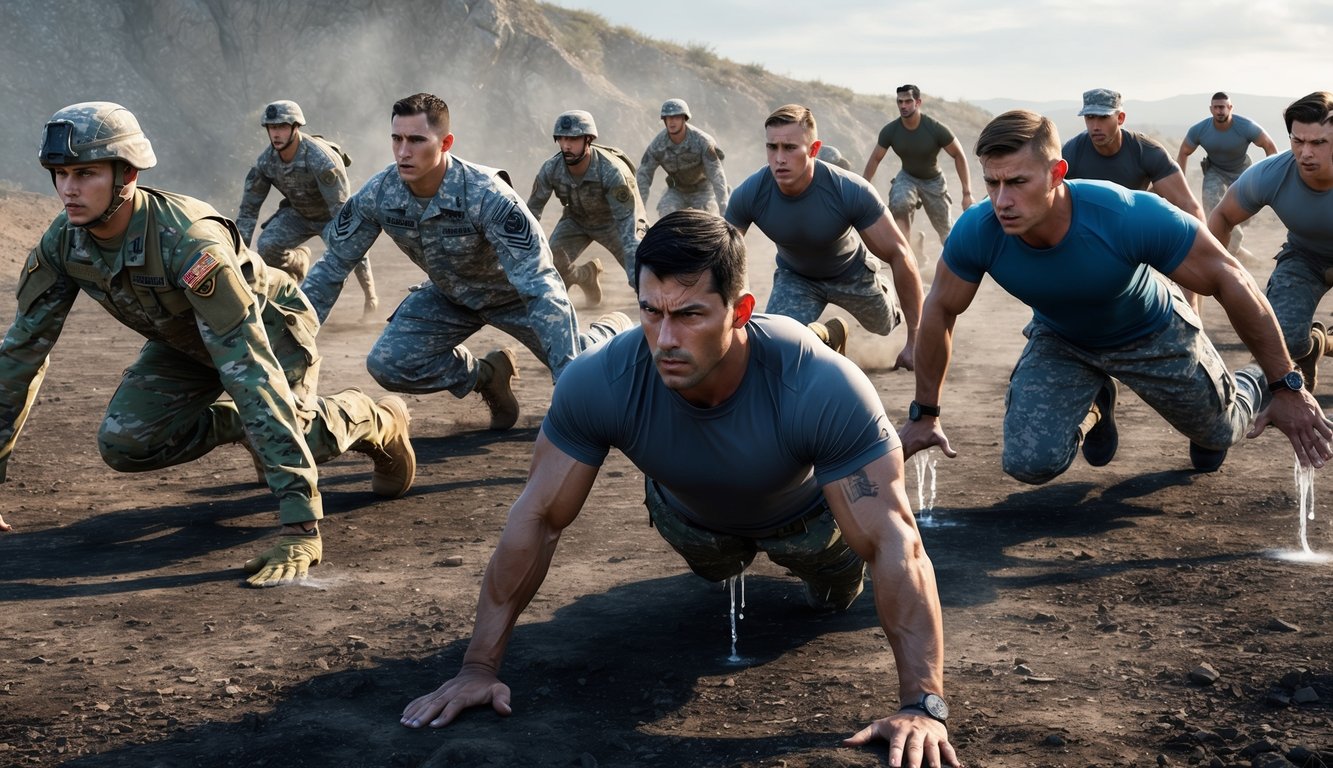
Every military branch employs a distinct approach to transform civilians into service members.
The intensity and focuses of boot camp differ, tailoring recruits for their respective roles and challenges.
Boot Camp Essentials
Boot camp serves as your initiation into military life, where you’ll learn discipline, teamwork, and fundamental combat skills.
The Navy’s 8-week program includes a 1.5-mile run, curl-ups, and push-ups.
Recruits tackle a confidence course and engage in hands-on training.
On the other hand, Marine Corps boot camp extends for 13 weeks, known for its demanding physical challenges.
Recruits undergo intense workouts, combat training, and rigorous mental tests.
The Army’s 10-week Basic Combat Training emphasizes weaponry, tactics, and physical fitness.
Basic Military Training for the Air Force spans 8.5 weeks, focusing on military customs, fitness, and job-specific skills, while Coast Guard boot camp lasts 8 weeks, highlighting swimming, seamanship, and maritime law enforcement.
Basic Training Challenges
Each branch tests your limits in unique ways.
Marine Corps training is frequently cited as the most demanding, characterized by its intense physical requirements and a strong warrior ethos.
Recruits undergo The Crucible – a 54-hour event that sharpens skills and endurance.
Army Basic Combat Training includes strenuous obstacle courses and field exercises, training recruits to handle various situations and environments.
Navy recruits must conquer the Battle Stations event, a 12-hour assessment of the skills mastered throughout boot camp.
The Air Force integrates a focus on academics with physical fitness.
Recruits are challenged mentally through courses covering military history and protocol, while Coast Guard trainees must pass strict swimming tests and master water survival techniques.
Special Forces Conditioning
Training for Special Forces amplifies the challenges.
Army Green Berets undergo a rigorous 24-week qualification course that covers advanced tactics, foreign languages, and survival skills.
Navy SEALs face the notorious Hell Week during their Basic Underwater Demolition/SEAL training, which spans 5.5 days filled with continuous physical activity, cold-water conditioning, and sleep deprivation.
Air Force Pararescue training, known as “The Pipeline,” lasts nearly two years, during which candidates learn advanced medical techniques, SCUBA diving, and free-fall parachuting.
Marine Corps Force Recon training is designed to enhance skills in amphibious operations and deep reconnaissance.
Such elite training demands peak physical fitness, mental resilience, and unwavering dedication.
Only the most determined individuals succeed.
Physical and Mental Rigors of Training
Military training pushes you to the brink, testing both your physical capacity and mental endurance.
You will confront demanding physical challenges, mental strain, and grueling survival scenarios designed to mold you into a formidable warrior.
Physical Training Demands
From day one, you will be pushed to your physical limits.
Expect rigorous daily physical training that includes running, push-ups, sit-ups, and more.
The Marine Corps is particularly recognized for its challenging fitness standards.
Your training will include navigating obstacles that challenge your strength, agility, and endurance, simulating conditions you may face in combat.
The dreaded gas chamber exercise assesses your ability to function under exposure to tear gas and is a vital component of your chemical warfare training.
Mental Toughness
Just as crucial as physical training is mental conditioning.
You will encounter high-pressure situations intended to test your decision-making abilities.
Sleep deprivation is a tactic often employed to extend your mental limits.
During certain phases of training, you may only receive a few hours of rest each night.
Drill instructors continuously challenge you, critiquing each move to build mental resilience and ensure performance under rigorous scrutiny.
Survival and Endurance Tests
Learning survival skills is integral to your training.
You’ll acquire skills to locate food, water, and shelter in harsh conditions, which could prove essential in combat scenarios.
The infamous “Hell Week” experienced by Navy SEALs stands as perhaps the ultimate examination of endurance; for five and a half days, you will endure nearly continuous physical exertion alongside minimal sleep.
Combat Dive School, regarded as one of the toughest military programs, challenges you to navigate underwater environments while maintaining composure and operational efficiency.
Specialized and Advanced Training
The military branches provide a variety of specialized training programs aimed at developing specific skills crucial for diverse combat conditions.
These advanced courses push service members to their physical and mental limits, honing expertise in vital areas.
Marksmanship and Weaponry
Marksmanship training serves as a foundation for military specialization.
Each branch emphasizes different aspects of firearms proficiency—Marines, for example, focus on precision long-range shooting, dedicating hours to refining stance and breathing techniques.
Advanced weapons training introduces you to a broader range of firearms and explosives.
You’ll become adept at handling everything from handguns to heavy machine guns, and special forces units often get training on foreign weapons systems.
Tactical shooting courses teach you engagement techniques while on the move, using cover, and in low-light conditions—skills crucial for real-world combat scenarios.
Navigating Maritime and Land Elements
Land navigation is a basic skill mastered across all branches.
You’ll learn to interpret topographic maps, use a compass, and navigate with natural landmarks, with additional night navigation exercises extending your abilities.
For maritime-focused branches like the Navy and Coast Guard, you’ll gain proficiency in nautical navigation, training in chart reading, GPS utilization, and understanding currents and weather conditions.
Combat diving is a specialized skill for select units, teaching underwater navigation, diving gear operation, and covert beach landings.
Mastering line handling and small boat operations forms an essential part of your maritime skillset.
Tactical Exercises for Combat Scenarios
Combat scenario training synthesizes all of your skills through practical exercises.
You will engage in simulated urban warfare, learning tactics to clear buildings and confront threats in close quarters.
Unconventional warfare training imparts guerrilla tactics and strategies for operating behind enemy lines, including blending in with local populations and carrying out sabotage missions.
Many branches emphasize martial arts training; the Marine Corps Martial Arts Program (MCMAP) is particularly demanding, integrating various fighting styles.
Firefighting training is essential, especially for naval personnel, imparting skills to combat various fire types in confined shipboard environments.
These tactical exercises typically culminate in expansive war games, where you will apply all your specialized training over extended operations.
Entry Requirements and Preparations
Joining the military necessitates meeting specific criteria and thorough preparation.
Each branch sets distinct standards for education, physical fitness, and aptitude testing that you’ll need to fulfill.
Educational Prerequisites
Enlistment in any military branch requires at least a high school diploma or GED.
The Air Force typically demands higher academic qualifications, with many recruits possessing college credits or degrees.
If you aspire to become an officer, a bachelor’s degree is usually necessary.
Fortunately, the military offers educational benefits to assist you in continuing your education while serving.
Physical Fitness Standards
Getting into shape is critical even before you think about joining.
Each branch has its own fitness assessments; however, you’ll generally need to excel in push-ups, sit-ups, and running.
The Marine Corps is particularly recognized for its strict fitness requirements.
Physical fitness tests for each branch include:
- Army: 2-mile run, push-ups, sit-ups
- Navy: 1.5-mile run, push-ups, curl-ups
- Air Force: 1.5-mile run, push-ups, sit-ups
- Marines: 3-mile run, pull-ups (or push-ups for women), crunches
Begin training early to ensure you meet or exceed these expectations, providing you with a sizable advantage during basic training.
Qualification Tests
The Armed Forces Vocational Aptitude Battery (ASVAB) is a critical test you will need to take.
Assessing your knowledge in areas such as mathematics, science, and language skills, your scores will dictate which military roles you are eligible for.
The Air Force generally requires the highest ASVAB scores.
In addition to the ASVAB, you may be required to complete further evaluations depending on your chosen path.
For example, those interested in special operations like the Navy SEALs (BUD/S training) must pass extra physical and mental assessments.
Preparation by studying relevant topics and conducting practice tests is advisable, and your recruiter can provide resources to assist in your success.
Demographic and Cultural Considerations
The U.S. military‘s demographics have evolved over time, mirroring broader societal changes that affect recruitment, retention, and the overall culture within each branch.
Inclusivity and Diversity in the Military
The U.S. military has made significant strides towards inclusivity.
Each branch has distinct demographics, with the U.S. Coast Guard being often regarded as more supportive of female personnel.
The U.S. Marine Corps, historically seen as male-dominated, has been actively working to enhance diversity.
Women now serve in combat roles across all branches, representing a considerable shift from earlier policies. LGBTQ+ service members are permitted to serve openly, marking a notable change from past policies of exclusivity.
Racial and ethnic diversity differs by branch.
Historically, the U.S. Navy has boasted a more diverse force than other branches, and efforts are being made across all services to recruit from various backgrounds.
Historical Context and Evolving Roles
Military demographics have undergone significant changes since the Cold War era, which had a predominantly white and male personnel composition.
Today’s military showcases a more diverse array of service members.
The transition from conscription to an all-volunteer force in 1973 fundamentally altered the makeup of the military, leading to increased professionalism and specialization.
Advancements in technology have transformed military roles, revealing new opportunities in cybersecurity, drone operations, and jobs related to space.
These roles appeal to a different demographic than traditional combat-focused positions.
Cultural shifts have also influenced military service, including changing perceptions about military service across different generations and communities.
Testing for Readiness and Performance
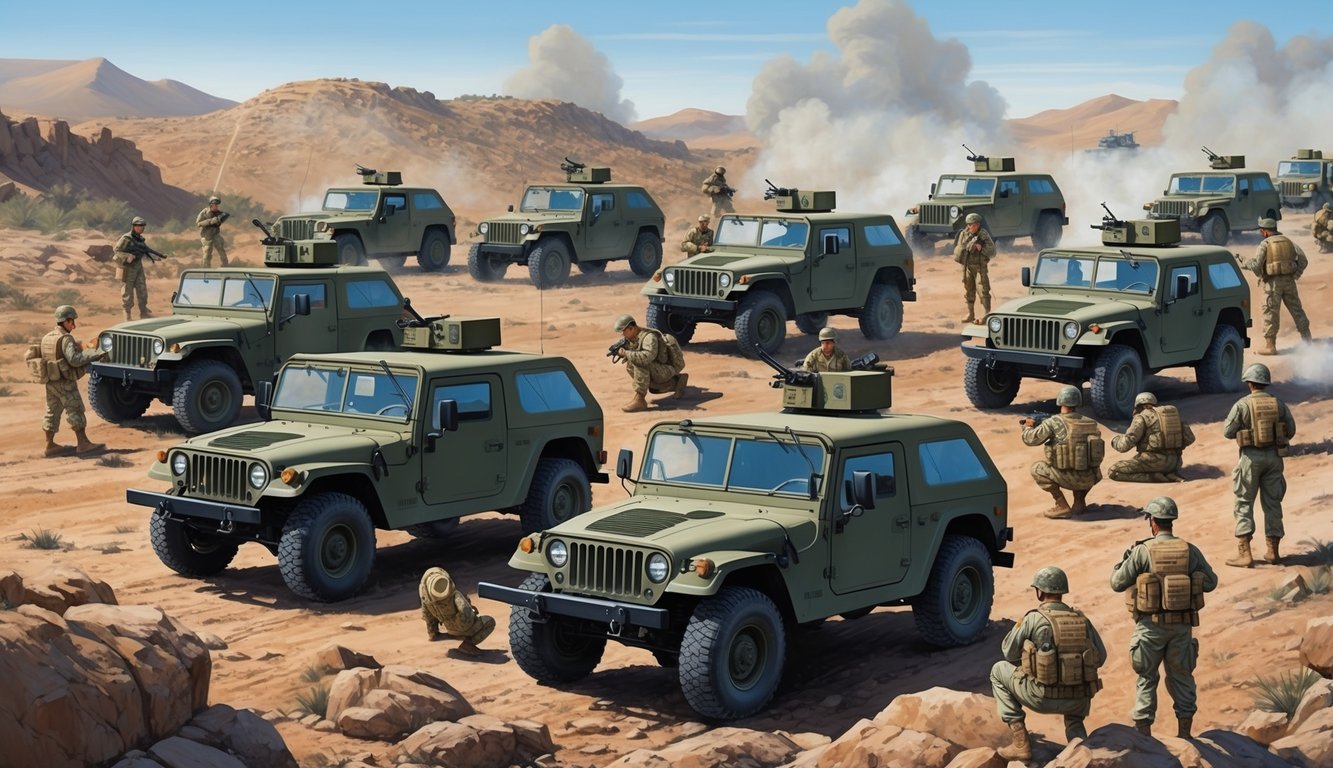
Military branches systematically evaluate personnel to sustain optimal operational readiness.
These assessments encompass physical fitness, technical proficiencies, and mental preparedness to guarantee troops can tackle demanding mission requirements.
Combat Readiness Evaluations
You’ll undergo comprehensive evaluations to determine your combat readiness.
These tests gauge your physical fitness, weapon skills, and tactical decision-making abilities.
Each branch applies unique standards reflective of their operational needs.
For instance, the Army’s Combat Fitness Test evaluates strength, endurance, and agility through exercises such as deadlifts and sprint-drag-carry events, while the Air Force administers evaluations to test your airmanship under pressure in flight situations.
These assessments highlight areas where additional training may be required to enhance your combat effectiveness.
Assessment of Communication Skills
Clear communication is paramount during military operations.
You’ll be evaluated on your ability to convey information accurately and concisely under stress.
Communication assessments typically involve:
- Proficiency in radio protocol
- Accuracy in written reports
- Skills in verbal briefings
- Non-verbal communication in tactical contexts
These evaluations ensure effective coordination among team members and facilitate the transmission of critical information throughout the command structure.
Your performance directly impacts your unit’s operational capability and mission success.
Personal Accounts and Experiences
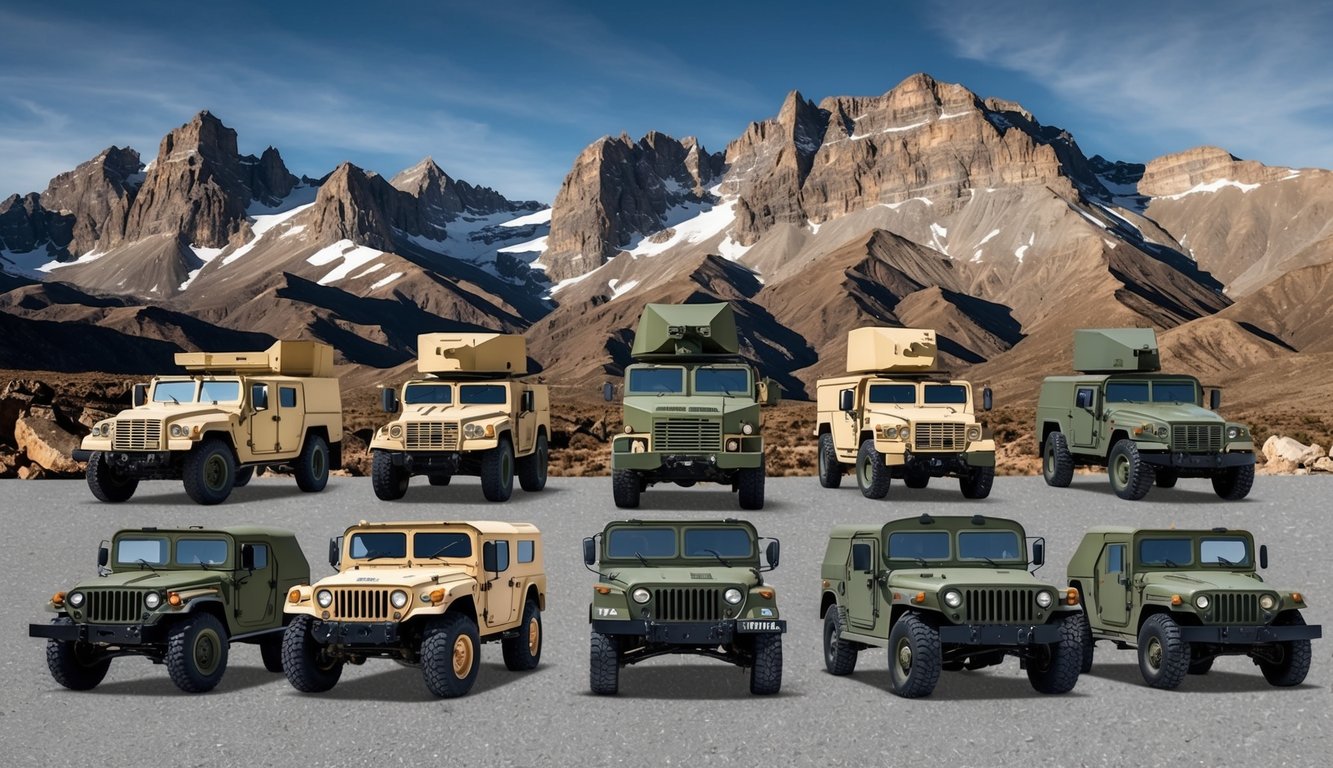
Veterans’ perspectives provide valuable insights into the diverse challenges posed by different military branches.
Their experiences illuminate the physical, mental, and emotional tolls endured during training and service.
Former Military Personnel Insights
Former Marines often speak of the harrowing boot camp experience they faced, frequently describing it as the most physically and mentally taxing episode of their lives.
The demanding training regimen pushes recruits beyond their limits, fostering a profound sense of discipline and camaraderie.
Veterans from Air Force Special Operations Forces (SOF) emphasize the challenging selection process and specialized training they underwent, often surprising observers with the demanding nature of their training, rivaling that of other branches.
Army Rangers and Navy SEALs routinely highlight their rigorous training programs as among the most challenging within the military.
A common theme in veterans’ accounts is that both psychological and physical challenges play a crucial role in their experiences.
Ultimately, a recurring theme among veterans’ stories is that personal strengths and weaknesses greatly influence perceptions of difficulty.
What one individual may find daunting, another may handle with ease.
Assessing the ‘Hardest’ Branch
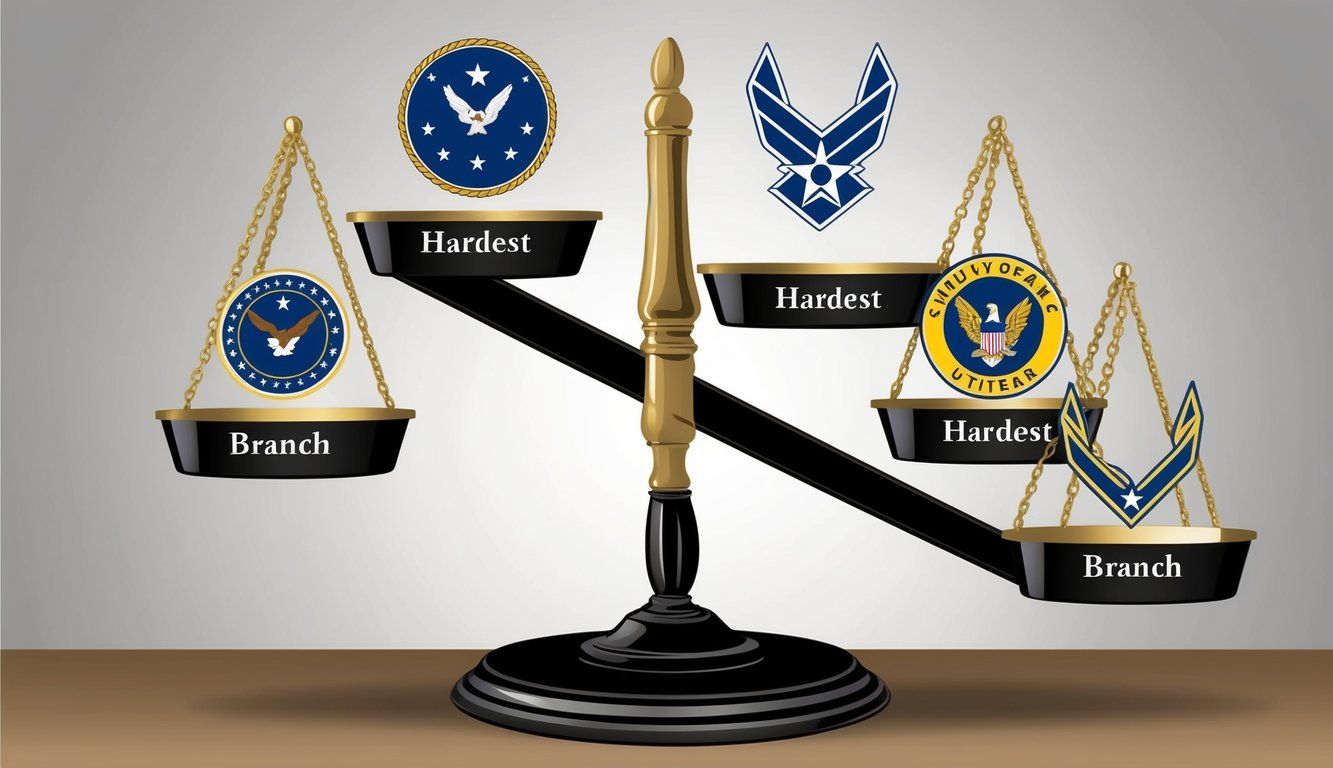
Determining which military branch is the hardest is not straightforward.
It is a subjective judgment that encompasses various criteria.
Regarding educational prerequisites, the Air Force often excels, typically seeking candidates with strong academic backgrounds.
Physical requirements differ by branch, with the Marine Corps well-known for its strenuous basic training that challenges recruits extensively.
For women, the Marine Corps can prove particularly demanding, partly due to its historically male-centric environment and strict physical standards.
Here’s a brief overview of challenges associated with each branch:
- Army: Offering diverse roles and rigorous combat training
- Navy: Extended deployments and technical expertise are necessary
- Air Force: Emphasizing high academic qualifications and specialized technical training
- Marine Corps: Known for its rigorous physical training and strong focus on combat readiness
- Coast Guard: Demands intense rescue operations and law enforcement responsibilities
Ultimately, your individual strengths and weaknesses will shape how challenging you find each branch.
What one person may struggle with, another might excel at.
Frequently Asked Questions

The perceived toughness of military branches differs based on aspects like training intensity, physical demands, and recruitment criteria.
Let’s delve into some common inquiries regarding the comparative difficulty of various military services.
Which military branch has the toughest basic training?
The Marine Corps often holds the title for the most demanding basic training program, which lasts 13 weeks and tests recruits to their physical and mental extremes.
How do the various branches of the military compare in terms of difficulty?
Each branch offers unique challenges; the Army emphasizes ground combat with high physical fitness standards, while the Navy demands adaptability to life at sea.
Air Force training focuses on technical skills, while the Coast Guard is known for its selective admission standards.
Are there differences in difficulty for joining the military as a female?
While all branches welcome women, some roles might pose additional challenges.
The Marine Corps historically has the lowest representation of female members.
Physical fitness standards can vary between genders, but overall expectations are challenging for all recruits.
What are the most physically demanding branches of the military?
The Marine Corps and Army are generally regarded as the most physically taxing, requiring significant strength, endurance, and agility levels from recruits.
Special operations divisions within each branch often have even more stringent physical demands.
In what ways is difficulty measured across different military branches?
Difficulty is evaluated through several criteria:
- Physical fitness standards
- Length and intensity of basic training
- Technical skill requirements
- Deployment frequency and conditions
- Opportunities for advancement
Which military branch’s training is considered the most dangerous?
All military training carries inherent risks.
The Army and Marine Corps often report higher injury rates during basic training due to a greater emphasis on combat skills and field drills, though all branches enforce strict safety protocols to minimize risks.
“`

